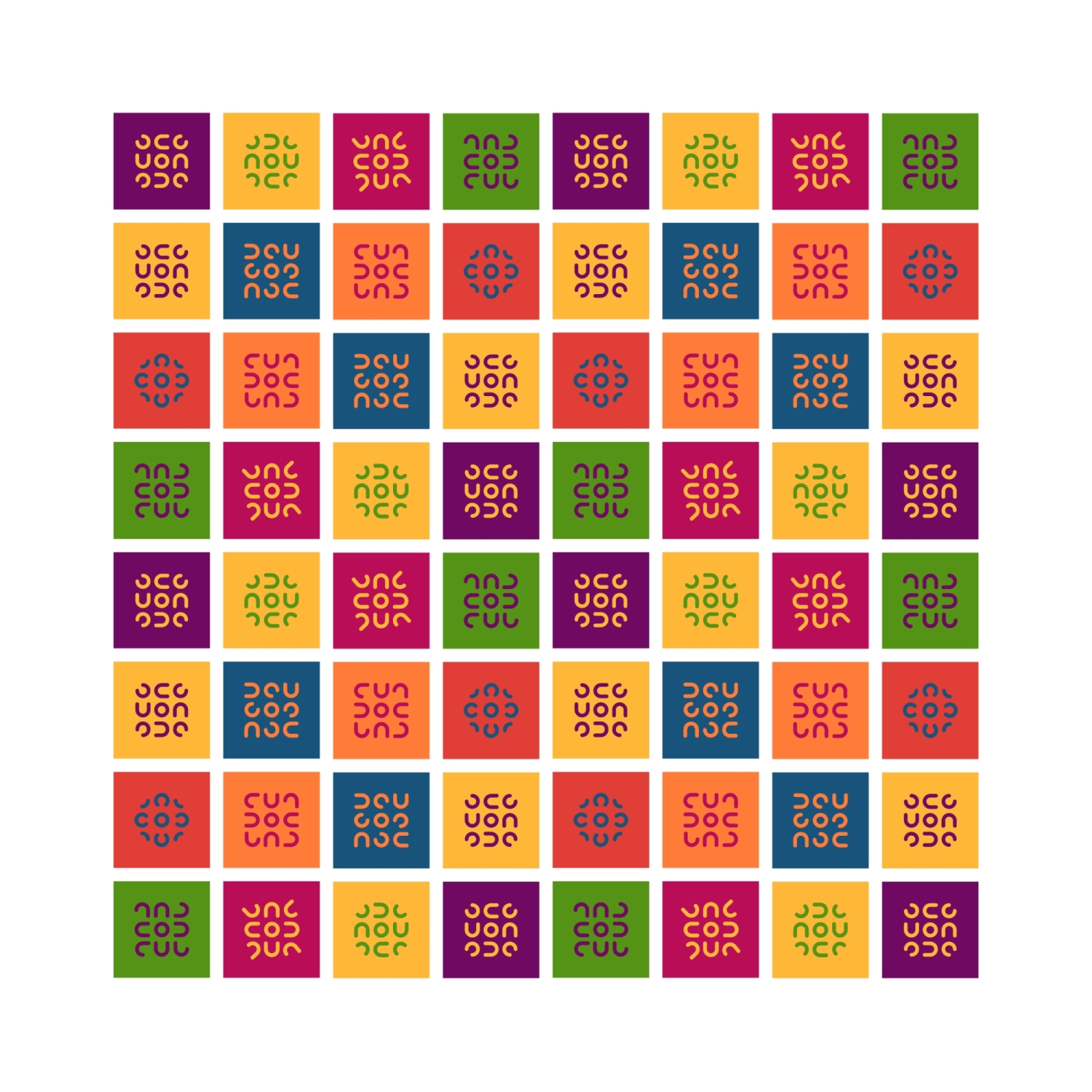Design management – a journey of pixels, passion, and perfection
Design management – a journey of pixels, passion, and perfection
Edit Palinkas / July 8, 2024

Our design for ImPulzus Creative Music Lab
If you know me, you know I’m a stickler for details. Design management is my playground, and I approach it with the precision of a conductor leading a symphony. Every pixel matters, and every element has its place. But let’s be real – this craft isn’t for the faint-hearted. I often hear, “I don’t have the patience for this,” or “Why does it take so long to get everything just right?” And my personal favorite, “Why can’t you just make it look good already?”
Here’s the thing: if you’re only worried about making something look good, you’re missing the point. Design management is about creating a perfect balance of form and function. It’s about making sure that every design element serves a purpose, aligns with the client’s vision, and resonates with the audience. When you start thinking about the project this way, you begin to see the bigger picture. You visualize the end product, feel the satisfaction of a job well done, and that’s what keeps me going through the countless hours of tweaking, adjusting, and perfecting.
Thinking globally, acting locally
One of my guiding principles is thinking globally while acting locally. In our interconnected world, a design might be viewed by someone on the other side of the planet. This global perspective shapes every project at Divisart, ensuring our work resonates across cultures and languages. By finding common ground, we create designs that speak a universal language, while still retaining a unique touch that sets them apart.
The personal touch
Every project I take on is a reflection of my personal commitment to excellence. Clients often say, “That’s why we ask you; we need that look.” It’s a look that combines professional polish with a bit of personality. I believe the details matter immensely – like arranging a symphony where every note and rest are perfectly placed. People notice when something is off, and when they ask, “What happened?” I’m glad to say, “That wasn’t me!”
The balancing act: clients and creativity
Working with clients can sometimes be a balancing act. Our interests might not always align perfectly, and it can be a challenge to marry their vision with my perfectionist tendencies. However, this process is also an opportunity for collaboration and growth. By educating clients about the importance of certain design elements, we help them see the value in every choice we make. This collaborative journey is essential to finding the perfect matches where our skills and their needs align seamlessly, ultimately leading to a shared vision of excellence.
The art of strategic planning
Design management is no small feat – it’s a complex dance of strategy, creativity, and precision. Our primary goal is to align every design effort with your business objectives, driving growth and success. It’s about creating a strong, consistent brand identity that resonates with your audience and stands out in a crowded market. We also prioritize user experience, crafting intuitive and engaging designs that captivate and satisfy.
Collaborative integration
The process begins with strategic planning, laying a solid foundation by aligning projects with your business goals and brand identity. Coordination and collaboration among designers, clients, and departments are key to integrating ideas seamlessly. Quality control ensures we maintain high standards from concept to execution, guaranteeing consistency and excellence. Efficient resource management—handling time, budget, and human resources – keeps projects on schedule and within budget.
Harmonizing vision and practicality
But let’s not sugarcoat it – balancing creativity with constraints like budget and timelines is challenging. It requires clear communication, flexible problem-solving, and a lot of patience. Ensuring stakeholder alignment through regular updates and transparency is crucial to keep everyone on the same page. Staying current with trends and technology means we’re always learning and adapting, while maintaining consistency across platforms demands clear guidelines and standards.
The rewarding journey
This journey, while sometimes challenging, is incredibly rewarding. It’s about more than just making things look good – it’s about making every design choice count, creating something that truly reflects and enhances your brand. It’s about the satisfaction of seeing a project come to life, knowing every pixel is just right. And that’s what makes all the effort worthwhile.



Our design for Romaversitas Foundation













